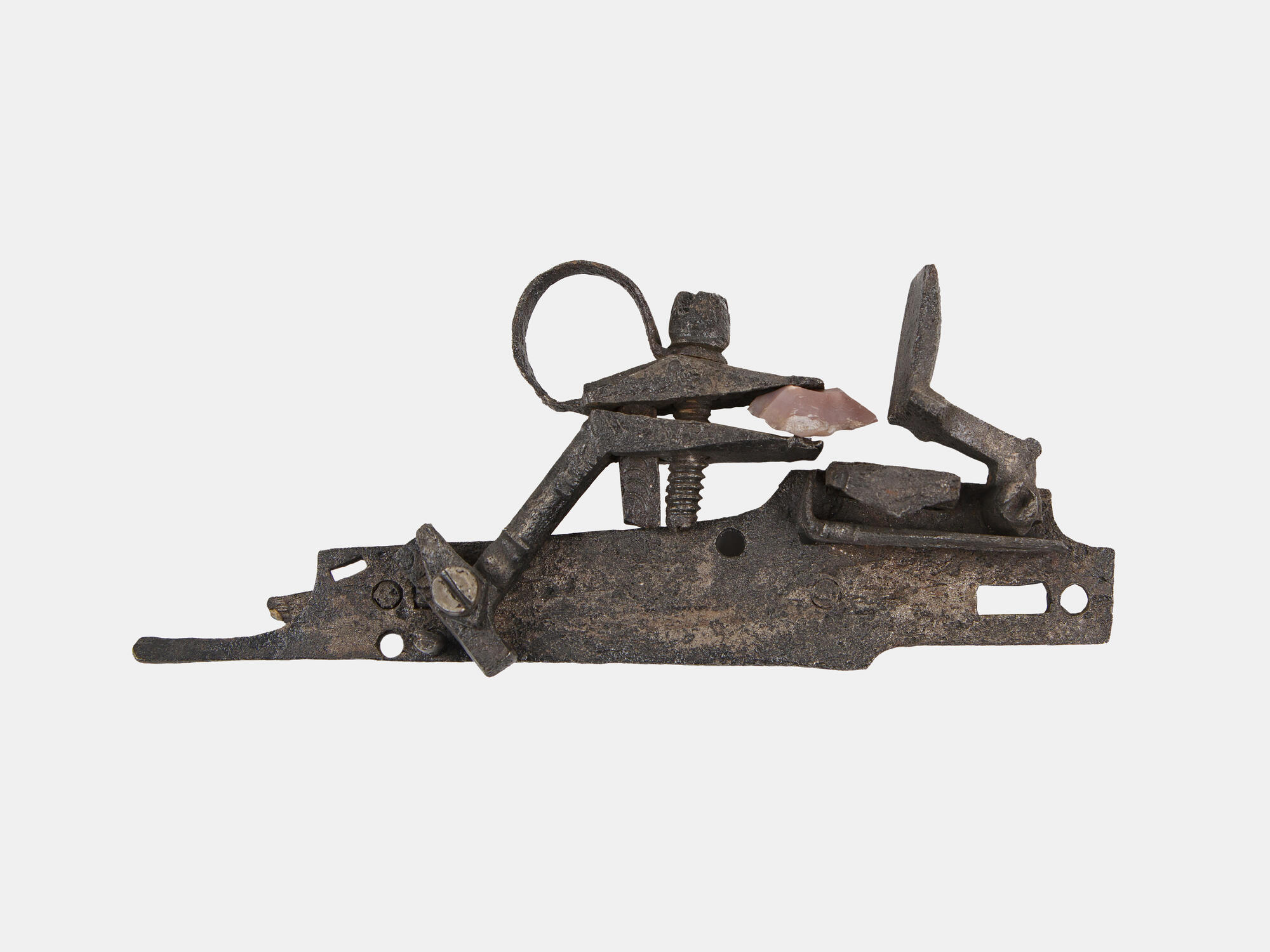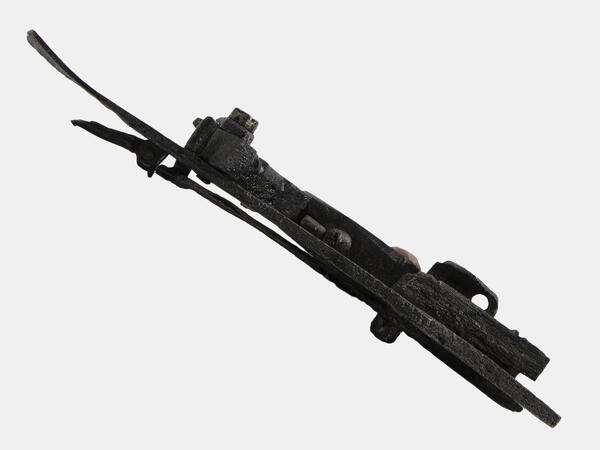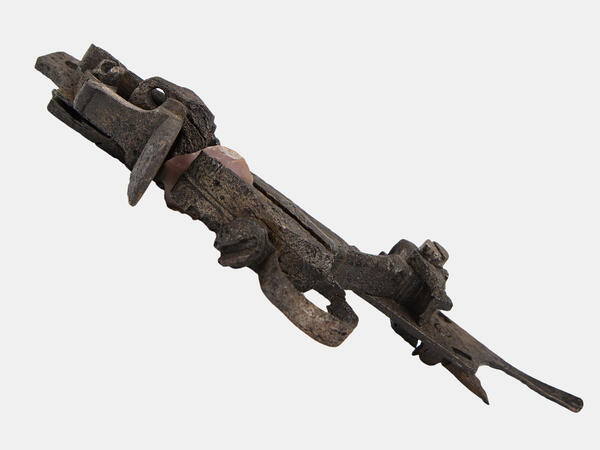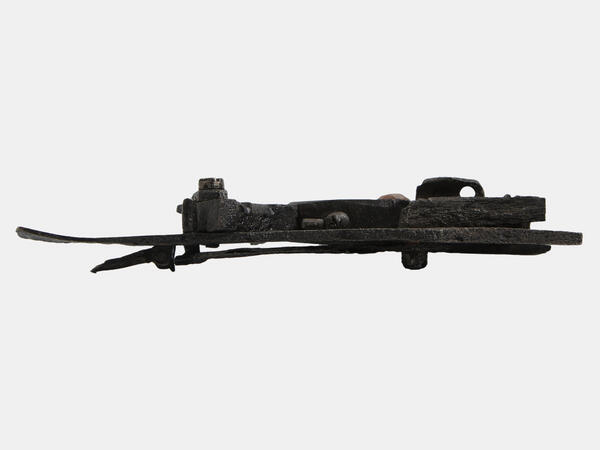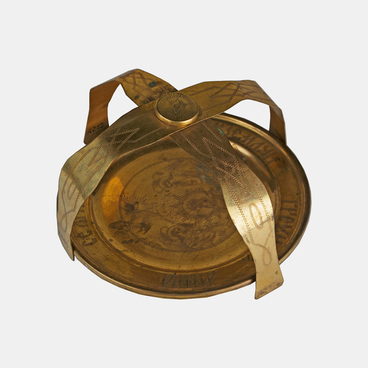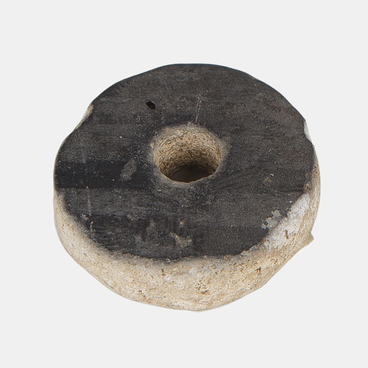A flintlock is an ignition system for firearms. Gunpowder is set off by a spark. To create this spark, a spring-loaded hammer accelerates a sharpened piece of flint, which strikes a corrugated steel plate called the frizzen. The resulting spark ignites the small amount of gunpowder waiting in the priming pan. The pan’s gunpowder flashes through a small hole in the side of the barrel to ignite the main charge in the bore, and the gun fires.
The flintlock mechanism was developed in the early 16th century. It superseded the matchlock and wheel lock. The flint had to strike at high speed, so it required a mainspring that would be able to rotate the hammer with a greater deal of force. Other parts also had to be reinforced, and there were stricter requirements as far as the frizzen was concerned, since it was hit by the flint, and not the relatively soft pyrite, as in a wheel lock.
Finding the right shape of flint was a difficult task. The flint had to hit the frizzen at the optimal angle and shower sparks in the right direction. It was important to prevent the released hammer from hitting the pan, so as not to shake the gunpowder off.
Until all these problems were solved, the flintlock had no decisive advantages over the older systems, but then it replaced them and remained the leading type of device for two centuries. Only with the widespread introduction of unitary cartridges did the flintlock go out of frequent use.
The flintlock often misfired and required maintenance. Typically, misfires occurred due to the worn or poorly secured flint, the worn-out frizzen, or the hole in the barrel being clogged with gunpowder residues. Though protected by a lid, the pan’s gunpowder became damp overtime and could not be used. It was impossible to keep the weapon loaded for a long time; the gunpowder had to be changed regularly.
Shooters determined the right amount of priming gunpowder on their own, so they could easily make a mistake by pouring too much or too little. The charges were different, and this affected the accuracy of shooting. The timespan between pulling the trigger and firing also varied, which made aimed shooting very difficult, especially if the target was moving. After the gun was fired, a dense cloud of powder smoke appeared and blocked the shooter’s view.
Flintlock rifles and pistols reigned supreme in the army until the first quarter of the 19th century. Civilians continued to use them for a longer period: for example, flintlock rifles were still produced in Russia in 1884.
